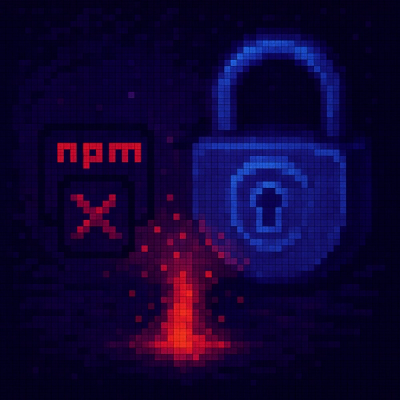
Security News
npm Revokes Classic Tokens, as OpenJS Warns Maintainers About OIDC Gaps
GitHub has revoked npm classic tokens for publishing; maintainers must migrate, but OpenJS warns OIDC trusted publishing still has risky gaps for critical projects.



